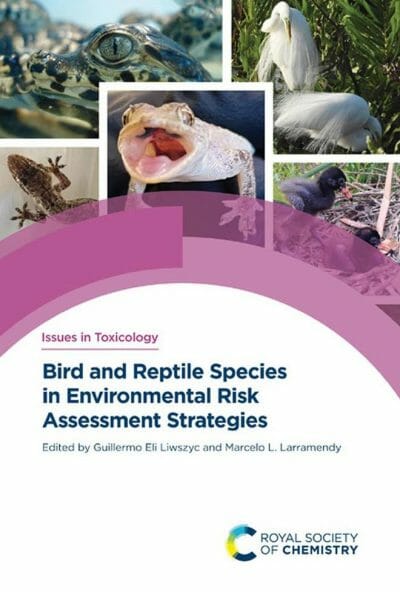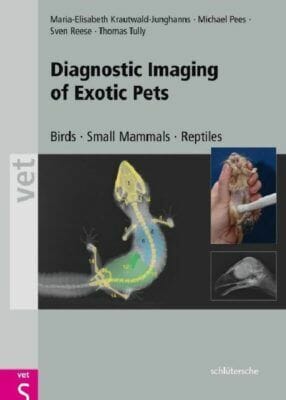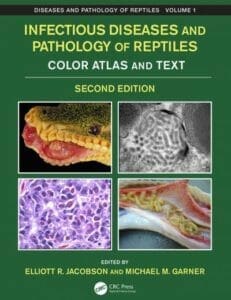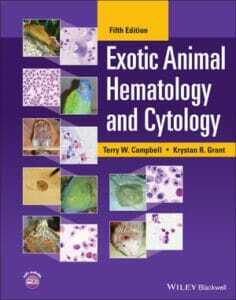Table of Contents:
Chapter 1 General Aspects
Current and Further Perspectives
Chapter 2 Development of Aquatic Bird Indicators of Sub-lethal Mercury Exposure and Risk in Wild Populations of Water Birds in the Everglades (Florida, United States of America)
2.1 Background and Study Area Description
2.1.1 Mercury: Local Emissions, Worldwide Contamination
2.1.2 The Everglades
2.1.3 Mercury Contamination in the Everglades
2.1.4 Development of a Field Sampling Protocol
2.1.5 Development of Mercury Exposure Indicators
Tissues
2.2 Results 2.2.1 Sub-lethal Effects: Results from Experimental Studies
2.2.2 Evidence of Mercury Effects in Field Conditions
2.3 General Discussion, Lessons Learnt and Pros and Cons of Our and Alternative Approaches
2.3.1 Evidence and Estimation of Hg Effects in Natural Populations
2.3.2 Indicator Tissues: Comparative Advantages, Limitations and Uncertainty
2.4 Conclusion and Advice for Similar Cases or Final Remarks
Acknowledgements
References
Chapter 3 The Importance of Ecological Traits in Assessing Seabird Vulnerability to Environmental Risks
3.1 Introduction 3.2 Failings of the Standard Approach
3.3 Vulnerability to Anthropogenic and Natural Risks
3.4 Challenges for an Observational Study
3.5 A Trait-based Approach
3.5.1 An Ecological Dimension Reduction Technique
3.5.2 Useful Traits for Ecological Risk Evaluation
3.5.3 Trait-based Prediction
3.6 Other Challenges
3.6.1 Correlation vs. Causation
3.6.2 The Default of No Risk
3.6.3 Ecological Regulation
3.6.4 Climate Change and Variability
3.6.5 Other Approaches
Disclaimer
Acknowledgements
References
Chapter 4 A Review of the Levels and Distribution Patterns of Organochlorine Pesticides in the Eggs of Wild Birds in India
4.1 Introduction
4.1.1 Organochlorine Pesticides
4.1.2 Organochlorine Pesticides
Marketing and Consumption
4.2 Pesticides
Indian Scenario
4.3 Impact of Pesticides in Eggs of Wild Birds in India
4.3.1 OCP Residues in Birds’ Eggs
4.3.2 Variation in Residue Levels Based on Species and Food Habits
4.3.3 Eggshell Thinning and Reproductive Impairment
4.4 Conclusions and Further Recommendations
References Chapter 5 Impacts of Agricultural Intensification on Farmland Birds and Risk Assessment of Pesticide Seed Treatments
5.1 The Intensification of Agriculture
5.2 Agricultural Intensification and Bird Declines
5.3 Impact of Pesticides on Birds: Direct vs. Indirect Effects
5.3.1 Direct Effects
5.3.2 Indirect Effects
5.4 Seed Treatment With Pesticides: Impacts on Birds
5.4.1 Agricultural Intensification Through Seed Treatment
5.4.2 Bird Exposure to Pesticide-treated Seeds
5.5 Assessment of Risks of Pesticide-treated Seeds to Birds
















![Ettinger’s Textbook of Veterinary Internal Medicine 9th Edition [PDF+Videos] Ettinger’s Textbook of Veterinary Internal Medicine 9th Edition [True PDF+Videos]](https://www.vet-ebooks.com/wp-content/uploads/2024/10/ettingers-textbook-of-veterinary-internal-medicine-9th-edition-100x70.jpg)

![Textbook of Veterinary Diagnostic Radiology 8th Edition [PDF+Videos+Quizzes] Thrall’s Textbook of Veterinary Diagnostic Radiology, 8th edition PDF](https://www.vet-ebooks.com/wp-content/uploads/2019/09/textbook-of-veterinary-diagnostic-radiology-8th-edition-100x70.jpg)






